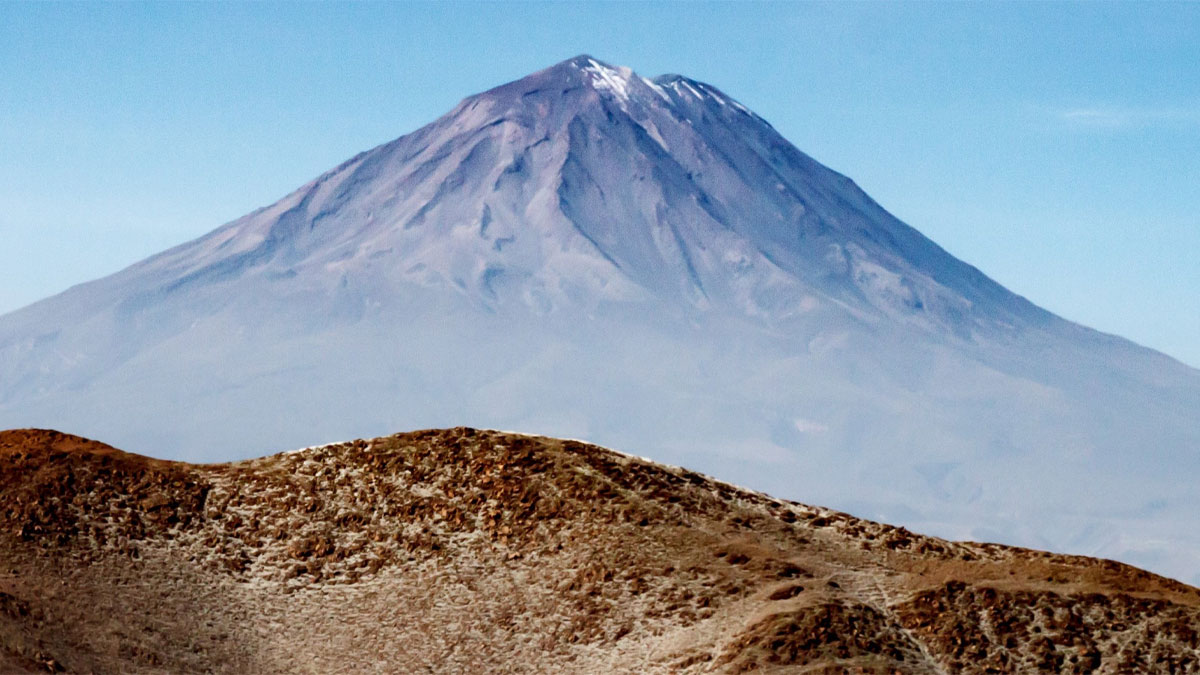What is LCLE?
The Landscape, Climate and Lived Environment Research Cluster (LCLE) is a group of researchers who study the relationships between past human societies, their environment, and climate change.
We examine human histories in a diverse range of environments – stretching across the British Isles, the Middle East, and tropical South America. To resolve these complex relationships, we undertake an inter-disciplinary approach, combining expertise across palaeoenvironmental science and social archaeology and geoarchaeology.
We work in close collaboration with colleagues in the Centre for Past Climate Change (CPCC), the Built Environment and Environmental Sciences, the Schools of Architecture and Biological Sciences, as well as the Museum for English Rural Life.
Our current research is framed around three central themes:
1. Human-environment interactions
The sophisticated integration of palaeoenvironmental and palaeoclimatological approaches with archaeological evidence is a core strength of our research.
In tropical South America, Frank Mayle explores past human-climate-environment relationships across a range of tropical ecosystems via his AHRC-FAPESP-funded Landscapes of Southern Brazil (LSB) and Human-Environment Relationships in pre-Columbian Amazonia (HERCA) projects, complementing GCRF- and RCUK-funded research by Nick Branch and Stuart Black in the Peruvian Andes.
Elsewhere in the world, our projects include: hominin survival and dispersal in northern Europe (Robert Hosfield); the exploitation of wetland/intertidal zones by Mesolithic populations in south-west England (Martin Bell); and abrupt climate events on lifeways and food procurement in the British Isles, the western Mediterranean and southwest Asia (Steve Mithen, Nick Branch, Roger Matthews, Wendy Matthews).
In Europe, Aleks Pluskowski is exploring the ecological dynamics of conquest and colonisation in medieval Europe through his AHRC-funded Landscapes of (Re)conquest project.
Key publications:
- Barr K. and Bell M. 2017. Neolithic and Bronze Age ungulate footprint-tracks of the Severn Estuary: species, age, identification and interpretation of husbandry practices. Environmental Archaeology 22 (1): 1-14. Read article
- Carson J., Whitney B., Mayle F., Iriarte J., Prumers H., Soto J.D. and Watling J. 2014. Environmental impact of geometric earthwork construction in pre-Columbian Amazonia. Proceedings of the National Academy of Science of the United States of America, 111(29):10497-10502. Read article (PDF)
- Pluskowski A., Makowiecki D., Maltby M., Rannamäe E., Lõugas L., Maldre L., Daugnora L., Black S., Müldner G. and Seetah K. 2019. The Baltic Crusades and ecological transformation: the zooarchaeology of conquest and cultural change in the Eastern Baltic in the second millennium AD. Quaternary International 510: 28-53. Read article
2. Neolithisation; transformation in human society
Steve Mithen focuses on seasonality and settlement structure in relation to Mesolithic dwellings, while Duncan Garrow's pioneering work on Neolithic crannogs (AHRC: Neolithic Crannogs Project) expands understanding of ritual monuments in later prehistoric Scotland.
Built environment perspectives, maximised with high-resolution micromorphological analyses of floor and occupation sequences (Wendy Matthews) underpin ERC-funded research on Neolithisation in the Fertile Crescent to investigate lived experience and community structures (Roger Matthews).
Leveraging 'Big Data', Mike Fulford's 'Rural Life in Roman Britain' project has redefined understanding of regional diversity in Roman rural settlements, complementing ongoing research into urban trajectories in Iron Age-Roman Britain based on high-resolution datasets from Silchester.
Key publications:
- Garrow D. and Sturt F. 2017. Neolithic Stepping Stones: excavation and survey within the western seaways of Britain, 2008-2014. Oxbow Books, Oxford.
- Matthews R. and Richardson A. 2019. Cultic resilience and inter-city engagement at the dawn of urban history: protohistoric Mesopotamia and the 'city seals', 3200-2750 BC. World Archaeology 50:5: 723-747. Read article
- Matthews W. 2018. Creating settled life: Micro-histories of community, ritual and place – the Central Zagros and Çatalhöyük. In: Hodder, I. (ed.) Religion History and Place: The Origins of Settled Life. University of Colorado: Denver. Read chapter
- Mithen S., Finlayson B., Maricevic D., Smith S., Jenkins E. and Najjar M. 2018. WF16: Excavations at an Early Neolithic Site in Southern Jordan. Stratigraphy, chronology, architecture, burials. Council for British Archaeology in the Levant: London.
3. Landscapes of religious, cultural and political transformation
Driven by major excavations at Lyminge, Kent, and his AHRC Network on royal residences, Gabor Thomas explores the intersection between Christian conversion and monumental, architectural and cultural practices in early medieval Europe.
Building on her definitive re-evaluation of the iconic site of Glastonbury Abbey, Roberta Gilchrist has established a new conceptual framework for interpreting later medieval monasteries as sacred landscapes, illuminating the embodied practices of healing and magic.
Meanwhile, Aleks Pluskowski, Rowena Banerjee and a team of European academics continue their interdisciplinary analyses of castle landscapes – All along the Watchtowers – that are revolutionising understanding of the long-term dynamics of multicultural frontiers in medieval Europe.
Key publications:
- Gilchrist R. and Green C. 2015. Glastonbury Abbey: archaeological investigations 1904-79. Society of Antiquaries of London: London.
- Pluskowski A. ed. 2019. Ecologies of Crusading, Colonization, and Religious Conversion in the Medieval Baltic: Terra Sacra II. Brepols, Turnhout: Belgium.
- Thomas G. 2017. Monasteries and places of power in pre-Viking England: trajectories, relationships and interactions. In: Thomas, G. and Knox, A. (eds.) Early Medieval Monasticism in the North Sea Zone: proceedings of a conference held to celebrate the conclusion of the Lyminge excavations 2008-15. Anglo-Saxon Studies in Archaeology and History, 20. Oxford University School of Archaeology: Oxford, pp. 97-116. Read chapter (PDF)
- Thomas G., Pluskowski A., Gilchrist R., Ruiz G., Andrén A., Augenti A., Astill G., Staecker J. and Valk H. 2017. Religious Transformations in the Middle Ages: towards a new archaeological agenda. Medieval Archaeology, 61 (2): 300-329. Read article
